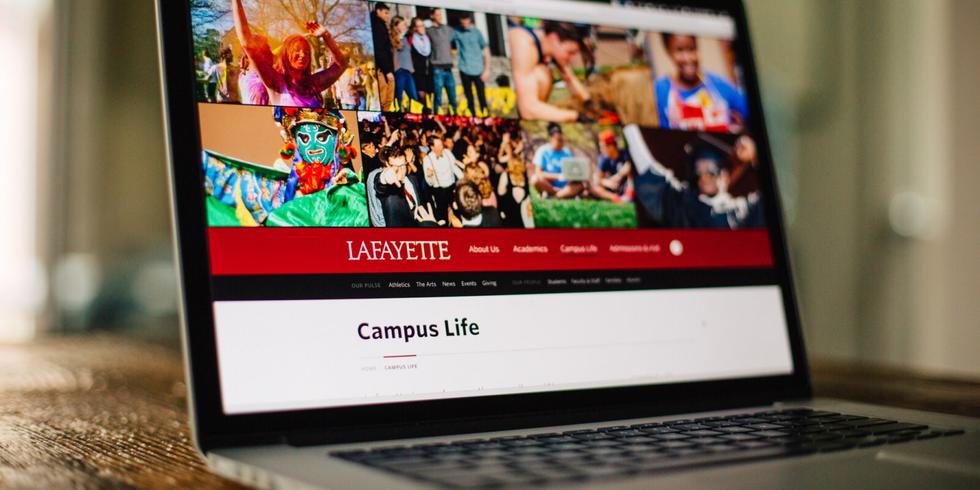
Flexing WordPress Muscle on the Lafayette Website Redesign
Building a website on any content management system will always introduce unique challenges to be conquered, because every CMS has its good, its bad and its ugly—WordPress is no different.
On the recently launched redesign for Lafayette College, the development teams at Fastspot and Lafayette collaborated to harness the full potential of a multisite WordPress installation. We had a chance to speak with members of both teams to gain insight into the collaborative development process, the challenges that WordPress posed, and the solutions that led to a great website and a successful launch.
When and why was the decision made to use WordPress as Lafayette’s CMS?
Ken We had been using Dreamweaver way back in the day, and it was very, very difficult to support. This was in 2009. For our previous redesign five years ago, we decided to go with WordPress. The user interface is very easy and people had no trouble using it. It was one of those things where you could sit down and show someone how to use WordPress, and five minutes later they’d be off and running. That’s why we started using it five years ago, and we just had a lot of luck with it ever since.
Were there any restrictions or specific requests coming into this project?
Ben So, the biggest restriction would be WordPress. [Laughter]
Matt I think the biggest existing thing to adapt to was the fact that there was already a multisite environment in place. Any time we needed to share the same content across different theme bases, we had to take one extra step to make it available. We used a plugin to return a JSON feed of all the data that we needed from a particular set of pages or content fields and display it on another of the sites.
Ken—your last site redesign was structured as a multisite installation, which you wanted to maintain for this project. Why?
Ken I think the primary advantage to multisite is scalability. We have a very distributed content management model at the College, where each of the different departments and divisions is responsible for maintaining their own content. With multisite, you can very easily create different subdomain sites and have each person manage the rights and permissions, maintaining their content without having to interfere with anybody else’s.
"Advanced Custom Fields and Custom Post Type UI—two major plugins that will make it into our official WordPress toolkit—work together to allow you to have the ultimate flexibility in WordPress."
Are there any disadvantages to such a setup?
Ken It works well for our group because we know WordPress and we’re comfortable with maintaining WordPress and keeping it current. For people who are less tech-savvy, it might not be an ideal choice unless you’re willing to outsource it or invest in the people to actually keep it up and running. But multisite’s come a long way, and has been very stable. It works really well for us. It allows us to easily distribute plugins — we can just turn on a plugin and everybody gets it.
Matt Git was very helpful. We had each theme within its own submodule, so that we could keep the whole WordPress installation in a single repository but maintain the themes individually.